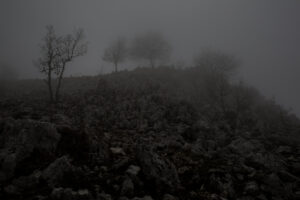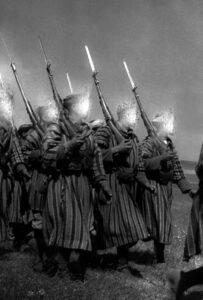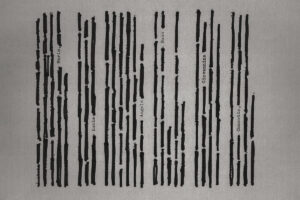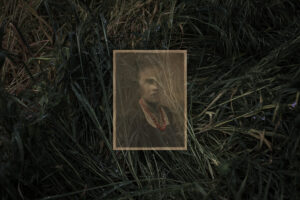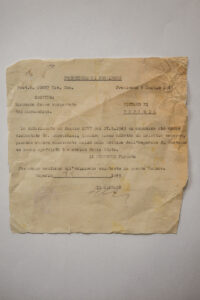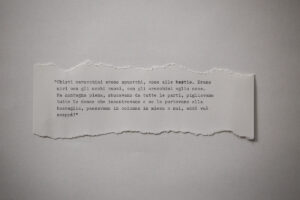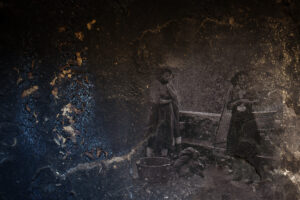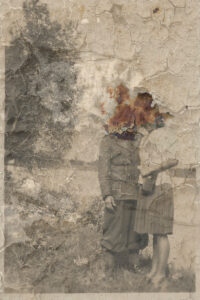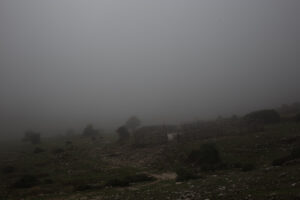VITE STRAPPATE
Language: Italian
Photography: Enrico Quattrini
Editor: Massimo Siragusa
Text: Tommaso Baris
At the 12,000 soldiers of the allied French Expeditionary Corps (CEF), under the command of General Juin, largely of Moroccan-Algerian origin, the so-called Goumiers, are given the arduous task of attacking along the steep slopes of the Aurunci mountains.
The goumiers, soldiers accustomed to fighting on the mountains, recognizable by their uniform, the “djellaba” and the long knife, the “koumia”, with which they slaughtered or mutilated the enemies, broke through the German resistance, thus opening up to all allied army on the way to Rome.
In the two weeks following the battle, which ended on 17 May with the fall of Esperia, the 7,000 surviving goumiers, soldiers who lived on looting, engaged in all sorts of violence, devastated and raided a vast area of Ciociaria (a large area in the south of Lazio), leaving behind a trail of violence, unprecedented thefts, rapes and killings of unarmed civilians.
Armed with the guarantee of impunity, the carte blanche they are said to have been granted by the French command, and the so-called right of prey and plunder, the Goumiers in a few days killed and raped over 20,000 women and men, aged between 8 and 85 years old.
However, the violence for those women would not have healed together with the wounds suffered or the healing of venereal diseases contracted. For those who survived there was a slow agony in the following years, due to their marginalization by a society that was not ready to understand the reality of the events.
The numerous victims of the Moroccan women were accused of having harmed the honor and dignity of their men, many were repudiated by their families or forced to suffer new violence and discrimination. The shame of what happened was such as to force them to hide what had happened, to flee from those places or to drive them to madness or suicide.
The young girls raped had suffered an even greater violence, considered corrupt or contaminated, they were precluded from the possibility of a future love and therefore of a motherhood, in essence the loss of a woman’s purpose.
Their lives had been taken from her in those two weeks of hell and nothing and no one would be able to give them back.
A story that, for a long time ignored and even minimized by the French authorities, remained etched only in the memory of the individuals who had the courage to tell it. Unfortunately, it too is a victim of a lack of historical and collective memory of our society.



